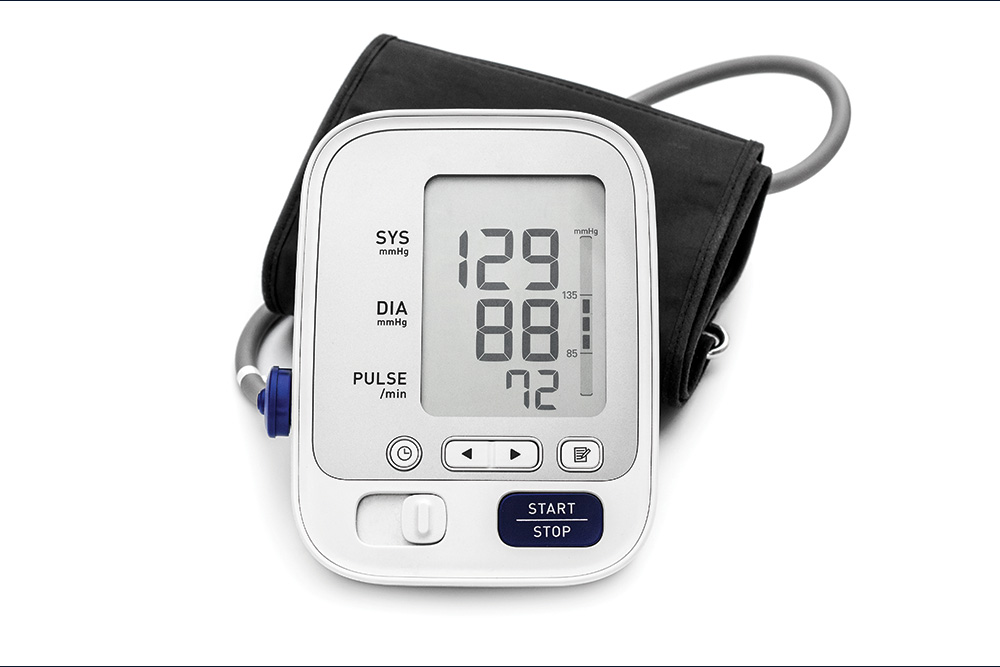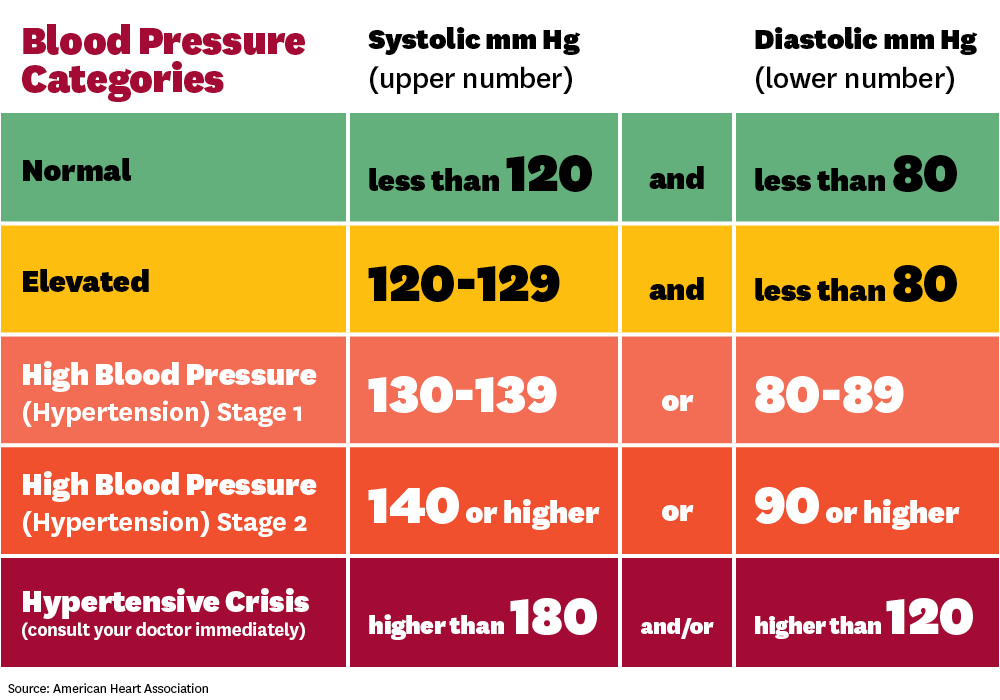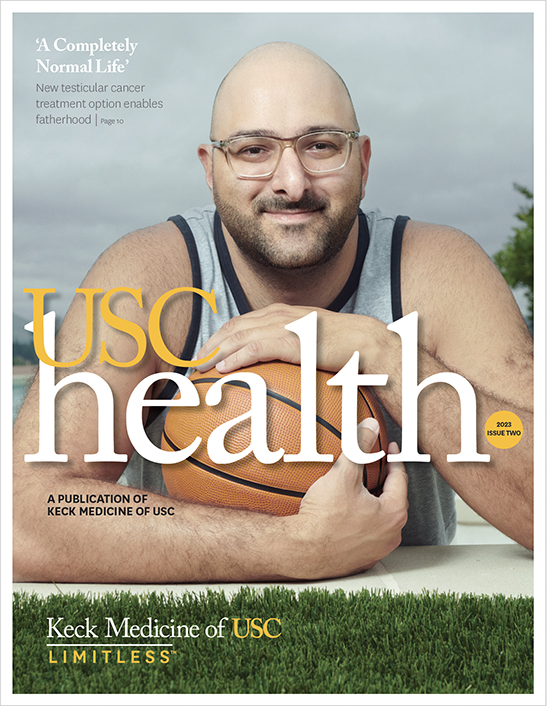
A study from the USC Schaeffer Center for Health Policy & Economics found that most adults don’t understand blood pressure readings.
Almost two-thirds of adults don’t know the upper thresholds for normal or healthy blood pressure, according to a study from the USC Schaeffer Center for Health Policy & Economics.
But nearly half of American adults have high blood pressure, also known as hypertension.
Most people will develop hypertension at some point in their lifetimes, especially as they age.
“High blood pressure usually has no symptoms,” says Wändi Bruine de Bruin, MSc, PhD, co-director of the behavioral sciences program at USC Schaeffer, and the study’s co-author. “So, it is important to have your blood pressure tested, and to take action if it’s too high.”
How your blood pressure is measured
Blood pressure is measured with two numbers. The top number, called systolic blood pressure, measures the pressure in our arteries when our hearts beat.
The second number is called diastolic blood pressure; it measures the pressure in our arteries when our hearts are resting between beats.

Why is healthy blood pressure important?
Findings of the study, published in the journal Medical Decision Making, could indicate major gaps in public understanding of hypertension risk levels and when to seek care.
“Blood pressure feels like a familiar topic because it gets measured at pretty much every health care visit,” Dr. Bruine de Bruin says. “But if these blood pressure measurements are not explained well or at all, we may develop false confidence.”
Lowering blood pressure can lead to better health. Lifestyle changes such as eating a low-sodium diet, limiting alcohol use, being more physically active, maintaining a healthy weight, managing stress and quitting smoking can help people with stage 1 hypertension.
Medication is recommended for those with stage 2 hypertension and for some patients with stage 1, including those with comorbidities like heart disease, kidney disease and diabetes.
Topics


